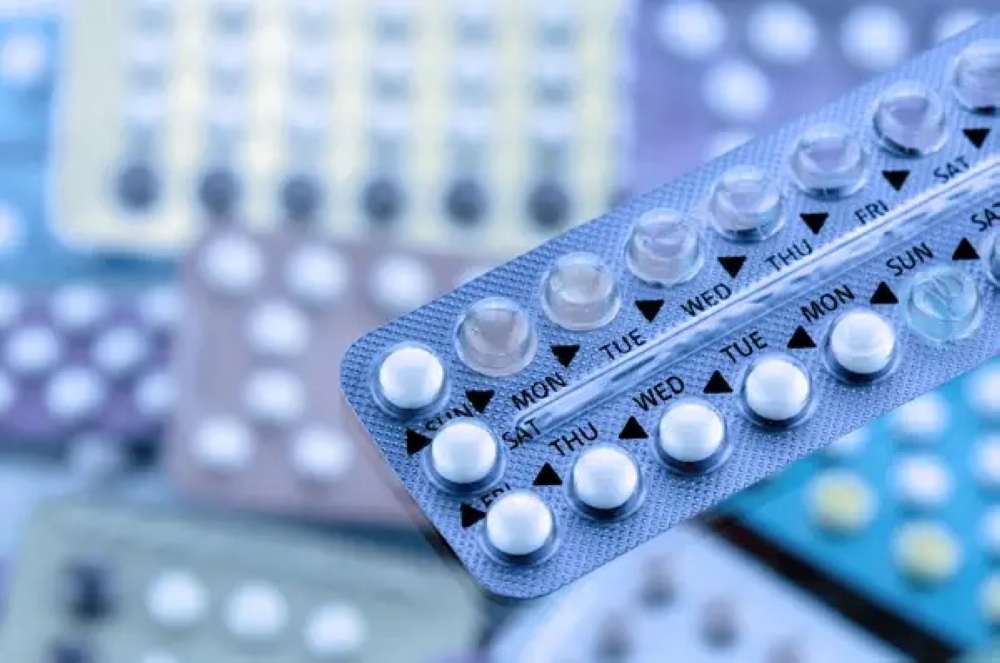Milk prices per litre have increased varyingly in different parts of Kigali city, according to a Business Times mini-survey. The survey shows that milk prices have increased by 20 to 33 percent per litre.

Milk prices per litre have increased varyingly in different parts of Kigali city, according to a Business Times mini-survey.
The survey shows that milk prices have increased by 20 to 33 percent per litre.
This means that a litre of milk that was selling at Rwf250 now goes for Rwf300 while a litre that used to cost Rwf300 now costs Rwf350 or Rwf400. Areas affected include Remera, Kimironko and Nyamirambo.
Traders who spoke to The Business Times said that there are low supplies from distributors.
"Our suppliers claim that cows have no water due to the drought thereby giving little milk,” said Frank Mugabo, a seller at Musanza Dairy in Remera, Giporoso.
Stella Ingabire, a milk dealer in Kimironko said: "Others partly blame increase in milk prices to the transport costs which is rising with the fuel prices.”
Government last month announced an increase of Rwf30 on each litre of fuel as levy for the Road Maintenance Fund.
A comment from the Umutara Dairy Marketing Cooperative (UDAMACO) Chairman, Augustine Katabarwa could not be reached for clarifications as his phone was switched off.
UDAMACO, based in the eastern province of Rwanda is the leading distributor of milk in the country.
According to information from Rwanda Animal Resources Development Authority (RARDA), the eastern province is the leading producer of milk in the country with over 60 percent production.
The Director General of RARDA, Théogène Rutagwenda said that there are no reports of drought and that drought cant be attributed to the increase in prices.
"These could be speculative reasons that dealers are taking advantage of to increase the prices,” he explained.
This agricultural sub-sector has been recording improvements in productions levels over the recent years.
According to statistics from the National Bank of Rwanda (BNR) for example, milk production increased from 189,000 tonnes in 2007 to 257,197 tonnes in 2008. This represented a 35 percent increase but a 64 percentage increase if compared to the 2006 production.
This increase in production is attributed to the increased practice of crossbreeding among local cows and heifers with exotic breeds. About 30 percent of the total cattle population is believed to be hybrid and exotic.
Ends




